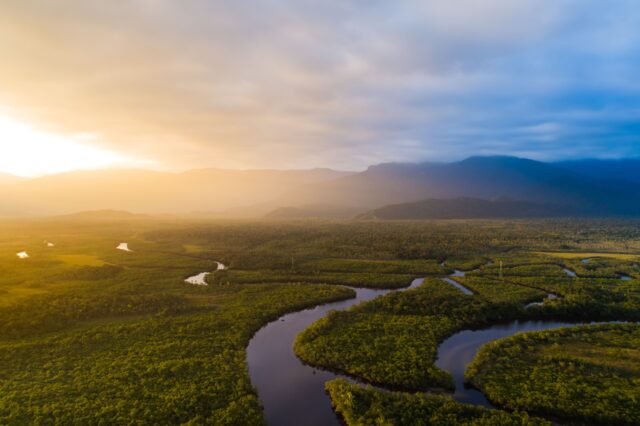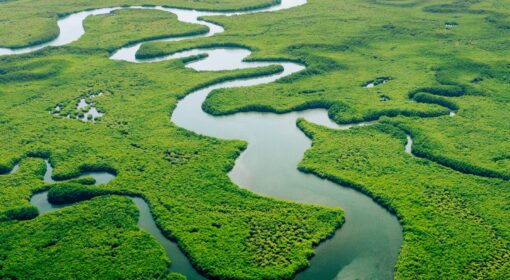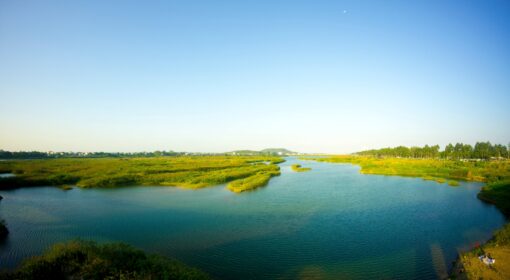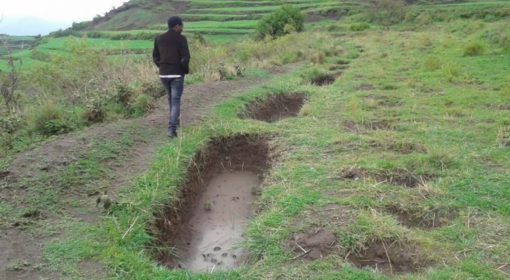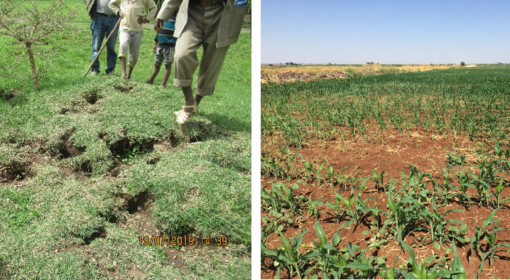by Femke van Woesik
In the global discussion on climate change, the focus has long been on one key metric: carbon emissions. This widely accepted measure has significantly shaped the ways in which we understand and respond to the climate crisis. However, this focus on carbon dioxide (CO₂) may be overlooking crucial elements of the climate system, according to Rob de Laet, a passionate climate strategist and advocate for a more comprehensive approach.
The Limitations of CO₂-Centric Thinking
While CO₂ is undoubtedly a major contributor to global warming, de Laet argues that the IPCC’s heavy emphasis on how much global temperature will rise if CO₂ levels double is an oversimplification of a much more complex reality. The impact of CO₂ depends not just on its concentration, but also on the surface it interacts with. Forests, oceans, deserts, and urban heat islands each have vastly different effects on radiation absorption and emission, making climate sensitivity a constantly shifting target.
In essence, the relationship between CO₂ and climate sensitivity is not a fixed or universal constant. It is shaped by time, geography, and land use. By focusing predominantly on CO₂, we risk missing the broader dynamics that drive climate change.
A New Metric: Earth Energy Imbalance (EEI)
To address this gap, de Laet advocates for a more comprehensive metric: Earth Energy Imbalance (EEI) which was introduced in 2005 by Hansen et al. EEI is the actual difference between the energy Earth receives from the sun and the energy it radiates back into space. This imbalance is the fundamental driver of planetary warming, and it is influenced by a range of factors beyond CO₂.
The state of cloud cover, aerosol loading, surface albedo (how much sunlight is reflected or absorbed by the Earth’s surface), and changes to land use all play significant roles in the Earth’s energy balance. Crucially, the management of ecosystems (forests, oceans, and soils) has a substantial impact on how much energy is retained in the atmosphere. These biospheric and surface dynamics can either amplify or mitigate the warming effects of CO₂.
Restoring Ecosystems: A Powerful Solution
By focusing too narrowly on CO₂, we risk overlooking key opportunities to mitigate climate change. According to de Laet, ecosystem restoration offers one of the most effective ways to influence Earth’s energy imbalance. Actions such as restoring ecosystems, cooling landscapes, and regenerating the biosphere can not only help cool the planet but also provide numerous co-benefits, including improving water and food security, enhancing biodiversity, regenerating soils, and boosting the well-being of rural communities. These interventions have the potential to address multiple challenges simultaneously, making them essential for building long-term resilience to climate change.
It’s time to move beyond a narrow focus on CO₂. While CO₂ remains an important factor in global warming, the climate system is far more complex than this single gas can explain. The living systems of our planet—our biosphere—are integral to maintaining the balance of our climate. As de Laet points out, climate science should acknowledge the role of these ecosystems in regulating the Earth’s energy balance.
This is exactly what the Cooling the Climate project is working to address. De Laet and his team are tackling one of the most critical interventions we can make: averting the tipping point of the Amazon rainforest dieback, which is already in its early stages. The Amazon, a critical part of the Earth’s biosphere, plays an outsized role in regulating our climate. If we allow it to continue to degrade, we are facing an irreversible loss of one of our planet’s most powerful climate regulators.
By focusing on Earth Energy Imbalance and restoring ecosystems, we have the potential to make significant progress in mitigating climate change. This approach not only addresses the root causes of planetary warming but also provides a path forward for improving ecosystems, promoting biodiversity, and enhancing the resilience of communities around the world.
More info on the Cooling the Climate project: https://www.coolingtheclimate.earth/
